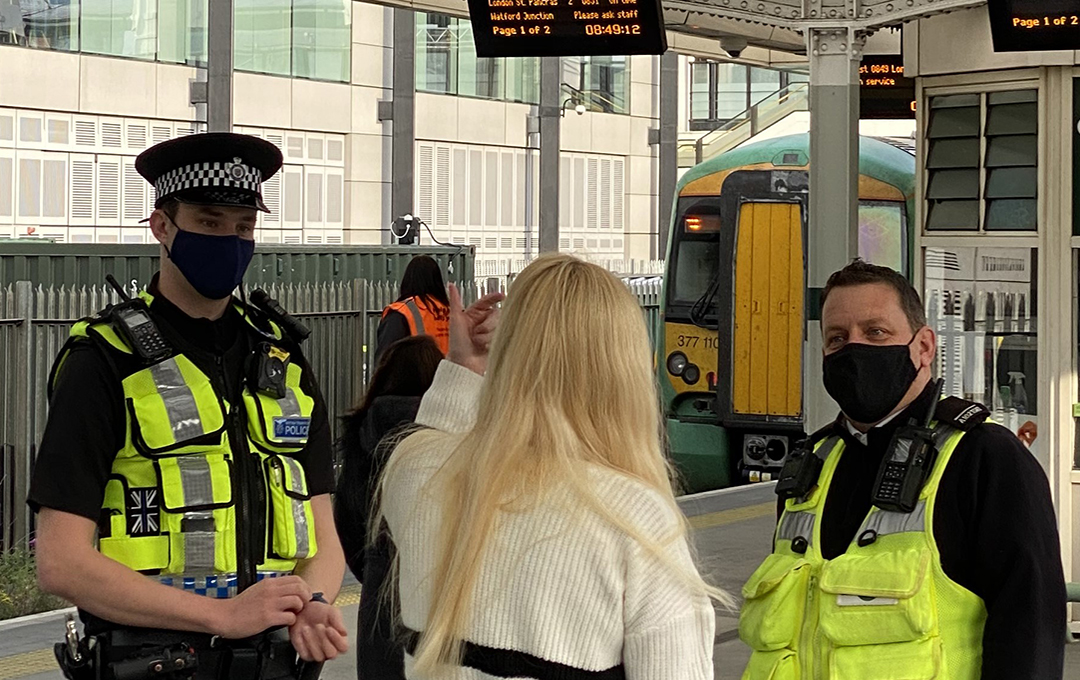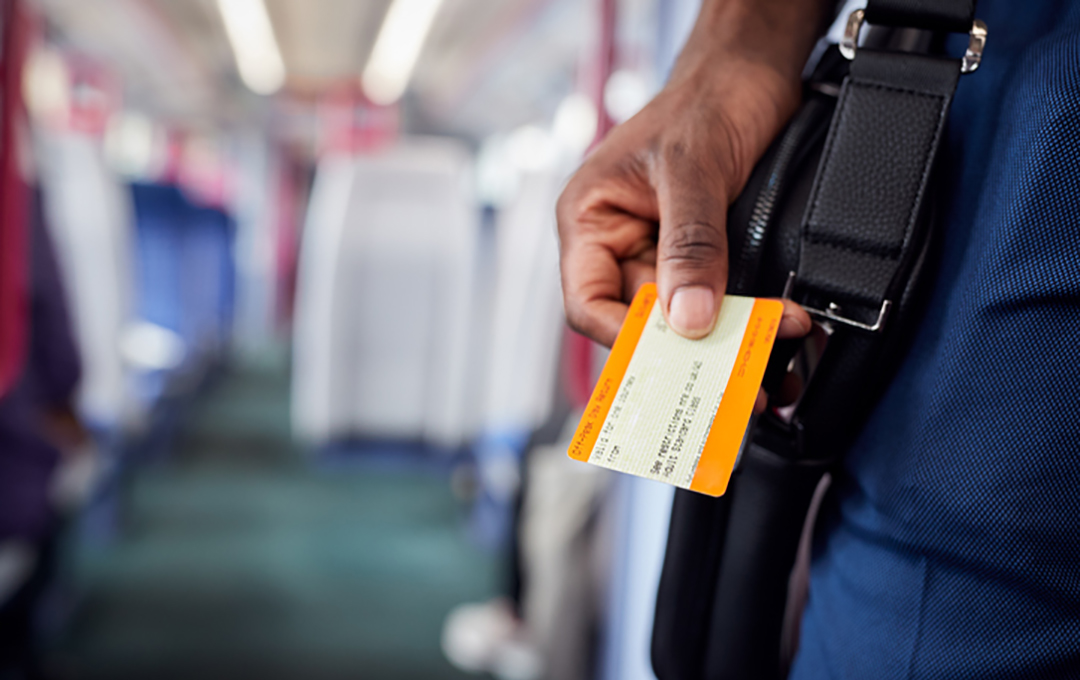2021 will plot the railway’s passenger experience for the next generation
By Jacqueline Starr, CEO, Rail Delivery Group and Andy Bagnall, Director General, Rail Delivery Group
 Cleaner trains, flexible and simple fares and improved punctuality for passengers are all possible in 2021.
Cleaner trains, flexible and simple fares and improved punctuality for passengers are all possible in 2021.
The key to unlocking this better service for rail customers is publication of the government’s rail white paper and the private and public sectors working together to support and grow a sustainable rail network in all corners of the country.
As one year ends and another begins, it can often be easy to slip into hyperbole when reflecting on what has gone before and what lies ahead. Not this time, as the first week of 2021 has illustrated only too well.
Everyone in rail knows that the last year was one of tremendous challenge. We should all be incredibly proud of the way the industry and its people responded to the Covid pandemic to keep customers and the economy moving. With some very difficult weeks still ahead, our staff continue to work tirelessly getting key workers to their jobs, fuel to power stations and goods on to supermarket shelves.
While we respond to the immediate crisis, however, we must also look ahead to what follows. Once the pandemic abates, there are decisions to be taken over the next year that will go a long way to plotting the railway’s course across the country for the next generation.
In 2021, a rail white paper is on the horizon, promising the most far-reaching changes to the industry’s structure since privatisation in the 1990s. The industry must also start to attract back customers who have stayed away from train travel during the pandemic.
As we face the twin challenges of reform and recovery, it is only by focussing relentlessly on providing a great service to our customers, demonstrating the benefits of rail travel, that we will succeed.
 But why does it matter that we create a railway that is better for customers and which, when the time comes, is successful at attracting people back on to trains?
But why does it matter that we create a railway that is better for customers and which, when the time comes, is successful at attracting people back on to trains?
In short, a railway that is less well used in the long-term will mean that towns and cities are either grid-locked as people return to cars, or they are ghost-towns as people do not return at all. Either outcome has terrible consequences, for the environment, for the air we breathe, for productivity, for the economy, for jobs. A residual reluctance to use public transport will also have a negative impact on the mental health of people who rely on buses and trains for their freedom.
If delivering a better service to customers is so important, what are the ingredients for a successful 2021?
It is vital that the long-awaited rail white paper is published as soon as possible. It must provide clarity about the future structure on which the industry can build a sustainable, world class network for passengers. While investment to improve services for customers has continued as the railway waits for political decisions about its future structure, the uncertainty has undoubtedly acted as a drag on the developments customers and communities want to see. In 2021, newfound clarity must act as a catalyst for passenger-focussed change.
Establishing a new arms-length body to act as a guiding mind for the industry will also be key. The clear direction and more coordinated decisions this body can provide will lead to a better railway. Reducing bureaucracy and a clear vision for rail over the coming years is critical in winning back and recruiting passengers onto services.
Away from the reform agenda, when the pandemic is under control the railway will need to mount a major offensive to win back customers.
 Around 90% of people who are travelling by train feel safe when doing so. Rail services will be better than pre-Covid, with trains cleaner and more punctual. This will give confidence for people to take that first trip after a long time away.
Around 90% of people who are travelling by train feel safe when doing so. Rail services will be better than pre-Covid, with trains cleaner and more punctual. This will give confidence for people to take that first trip after a long time away.
Crucially, when people begin to consider travelling by train again, operators must be able to offer them fares they want to buy. This is why train operators are working with the Department for Transport to develop further our proposals for flexible season tickets that better reflect how people will work after the pandemic.
But we want to go further. A system where passengers continue to need a crystal ball when buying a ticket, predicting their week’s travel on a Monday or the time of their return when they depart, will discourage travel. A radically simplified system that only wholesale reform of fares regulations can enable is key to attracting passengers back.
The challenges the railway faces in 2021 are vast but, as a sector, we have shown our resilience time and again. This year will be no different.